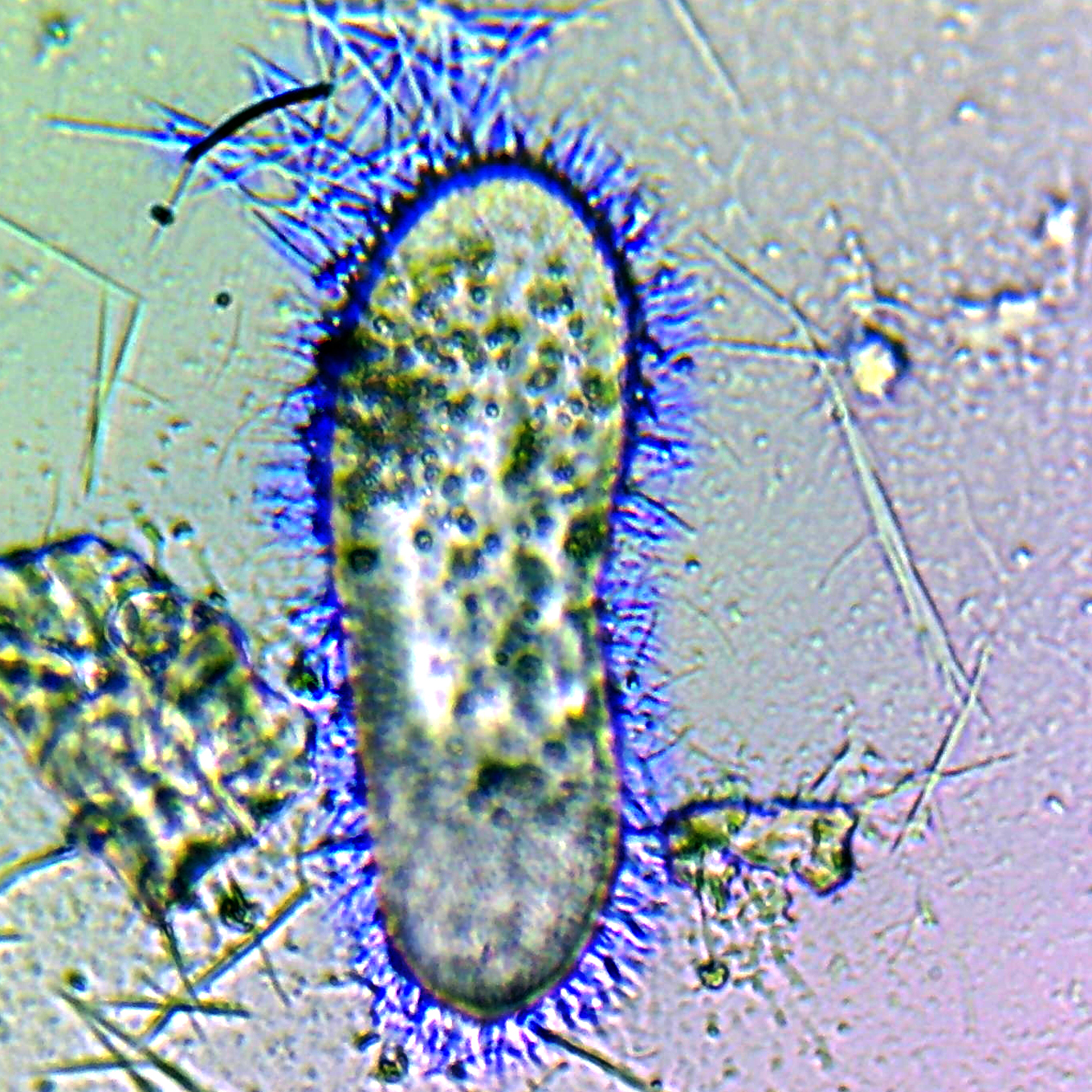trichocyst on:
[Wikipedia]
[Google]
[Amazon]
 A trichocyst is an
A trichocyst is an
Picture of a Trichocyst
Organelles Ciliate biology Dinoflagellate biology {{Microbiology-stub
 A trichocyst is an
A trichocyst is an organelle
In cell biology, an organelle is a specialized subunit, usually within a cell, that has a specific function. The name ''organelle'' comes from the idea that these structures are parts of cells, as organs are to the body, hence ''organelle,'' the ...
found in certain ciliate
The ciliates are a group of alveolates characterized by the presence of hair-like organelles called cilia, which are identical in structure to eukaryotic flagella, but are in general shorter and present in much larger numbers, with a different ...
s and dinoflagellate
The dinoflagellates ( Greek δῖνος ''dinos'' "whirling" and Latin ''flagellum'' "whip, scourge") are a monophyletic group of single-celled eukaryotes constituting the phylum Dinoflagellata and are usually considered algae. Dinoflagellates ...
s.
A trichocyst can be found in tetrahymena
''Tetrahymena'', a unicellular eukaryote, is a genus of free-living ciliates. The genus Tetrahymena is the most widely studied member of its phylum. It can produce, store and react with different types of hormones. Tetrahymena cells can recogn ...
and along cila pathways of several metabolic systems.
It is also a structure in the cortex of certain ciliate and flagellate protozoans consisting of a cavity and long, thin threads that can be ejected in response to certain stimuli. Trichocysts may be widely distributed over an organism or restricted to certain areas (e.g., tentacles, papillae, around the mouth). There are several types. Mucoid trichocysts are elongated inclusions that may be ejected as visible bodies after artificial stimulation. Filamentous trichocysts in Paramecium and other ciliates are discharged as filaments composed of a cross-striated shaft and a tip. Toxicysts (in Dileptus and certain other carnivorous protozoans) tend to be localized around the mouth. When discharged, a toxicyst expels a long, nonstriated filament with a rodlike tip, which paralyzes or kills other microorganisms; this filament is used to capture food and, presumably, in defense.
The functional significance of other trichocysts is uncertain, although those of Paramecium apparently can be extruded for anchorage during feeding.
References
External links
Picture of a Trichocyst
Organelles Ciliate biology Dinoflagellate biology {{Microbiology-stub